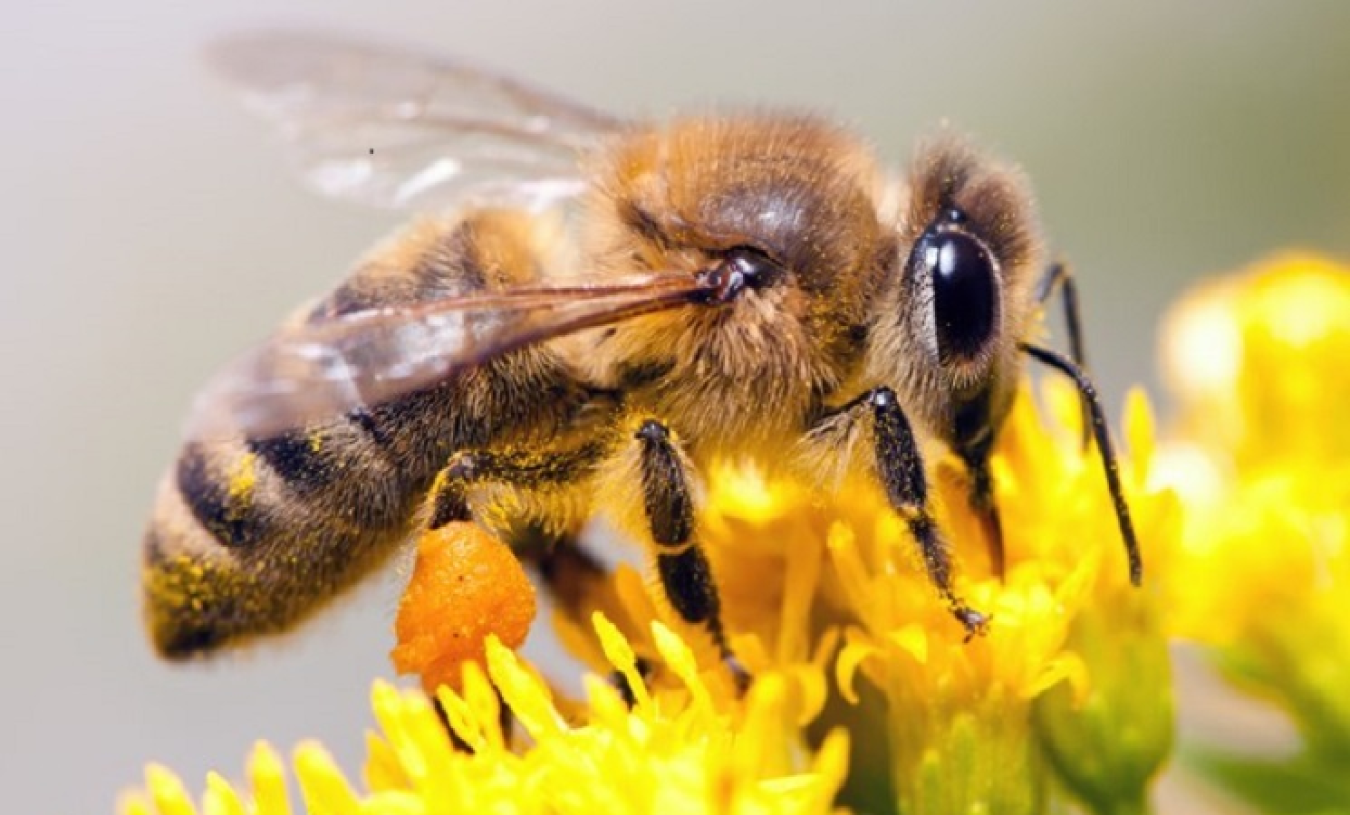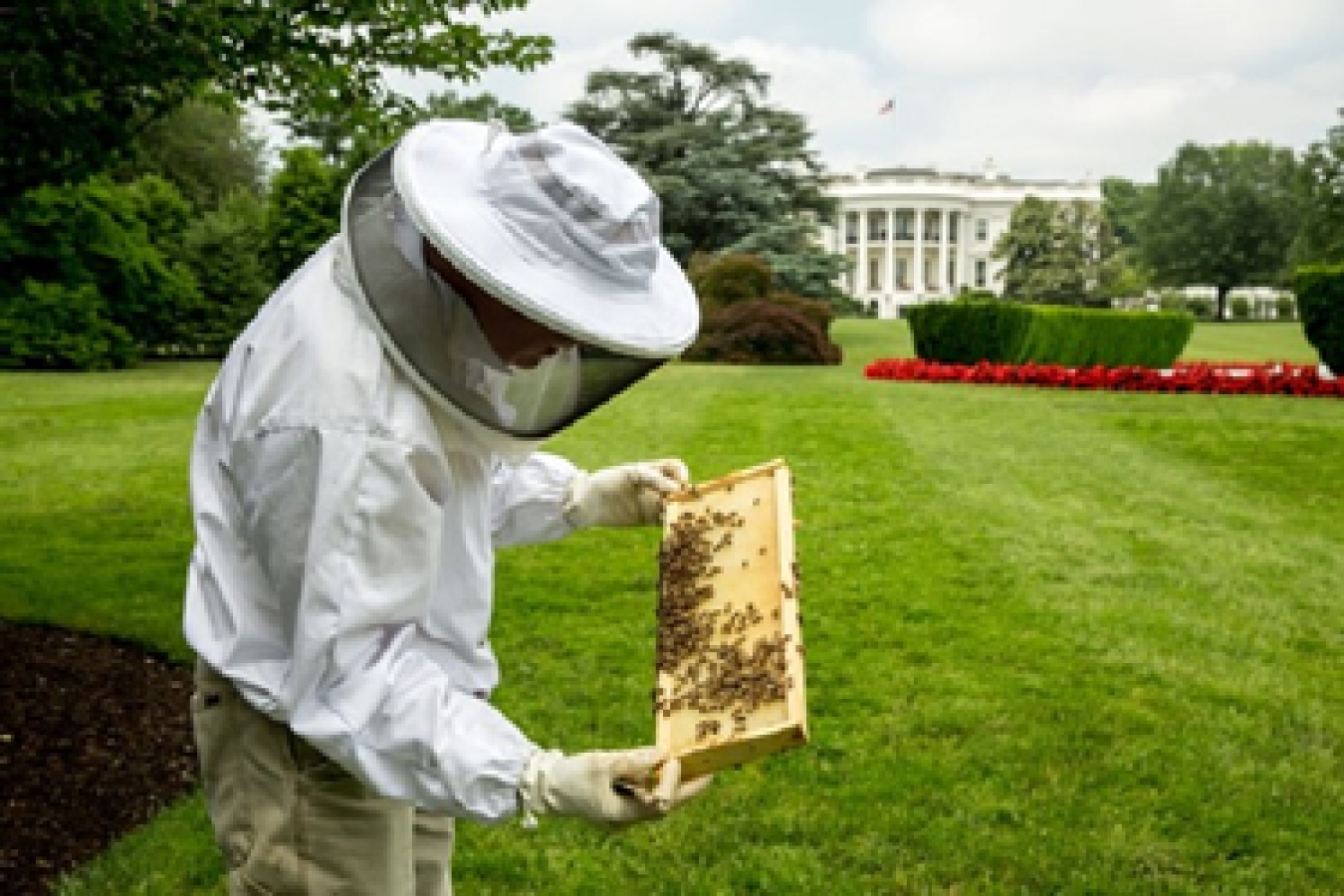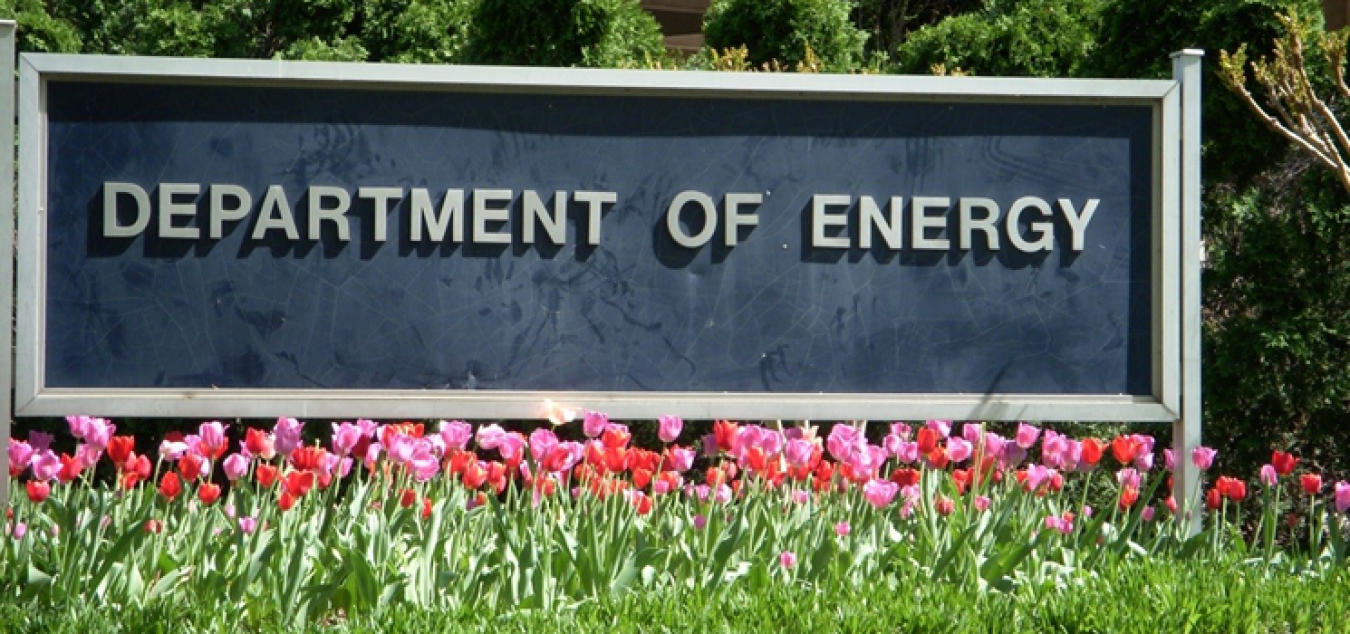
DOE’s Pollinator Protection Plan is part of a national strategy to protect pollinators and enhance their habitats. DOE sites already practice many pollinator-friendly best management practices and have plans to increase their use.
DOE’s pollinator protection initiative is based on the Presidential Memorandum, Creating a Federal Strategy to Promote the Health of Honey Bees and Other Pollinators, which established an inter-agency Pollinator Health Task Force to develop a national strategy to promote the health of bees, butterflies, other pollinating insects, and birds and bats. The Task Force, which included a DOE representative, issued the National Strategy to Promote the Health of Honey Bees and Other Pollinators in May 2015.
The Department of Energy Pollinator Protection Plan is Appendix E to the national strategy and describes the following DOE’s pollinator protection commitments. Memoranda from the Secretary and the Office of Asset Management reiterate the Department’s support for pollinator protection.
Implement Pollinator Friendly Best Management Practices
The Department committed to conducting site assessments to determine the feasibility of implementing pollinator-friendly best management practices (BMPs), resources permitting, over the next ten years. The assessments revealed that 49,454 acres of DOE-managed land could be suitable for BMP implementation. The Department will track annually how many of these acres have been enhanced with BMPs.
The assessments also showed that BMPs are already in place at 1,673,210 acres of DOE-managed land. These BMPs include converting grasslands to native meadows and prairies, planting native seeds and species, limiting mowing on roadsides, minimizing pesticide use, and removing invasive species.

Beekeeper on the White House Lawn.
Encourage BMPs on Power Marketing Administration Rights-of-Way The rights-of-way managed by the Power Marketing Administration organizations can cross urban, suburban, and agricultural land not suitable for BMPs. These organizations’ site assessments described the BMPs already in place on suitable right-of-way land – removing invasive species, using native seeds and plants of native species, and managing vegetation to create low to mid-height sustainable native plant communities.
Additional Commitments The Pollinator Protection Plan encourages sites to implement applicable habitat protection programs of other Federal agencies with land near DOE land. This assessment is on-going. Where possible, sites are encouraged to use landscape management practices recommended by the Council on Environmental Quality and General Services Administration. One of those recommendations is using regional seeds which many of the sites are already implementing. Through its partnerships with utility trade associations DOE will encourage the deployment of BMPs on rights-of-way and other properties controlled by utility companies.

Department of Energy sign surrounded by tulips located outside of the Forrestal building in Washington, D.C.

